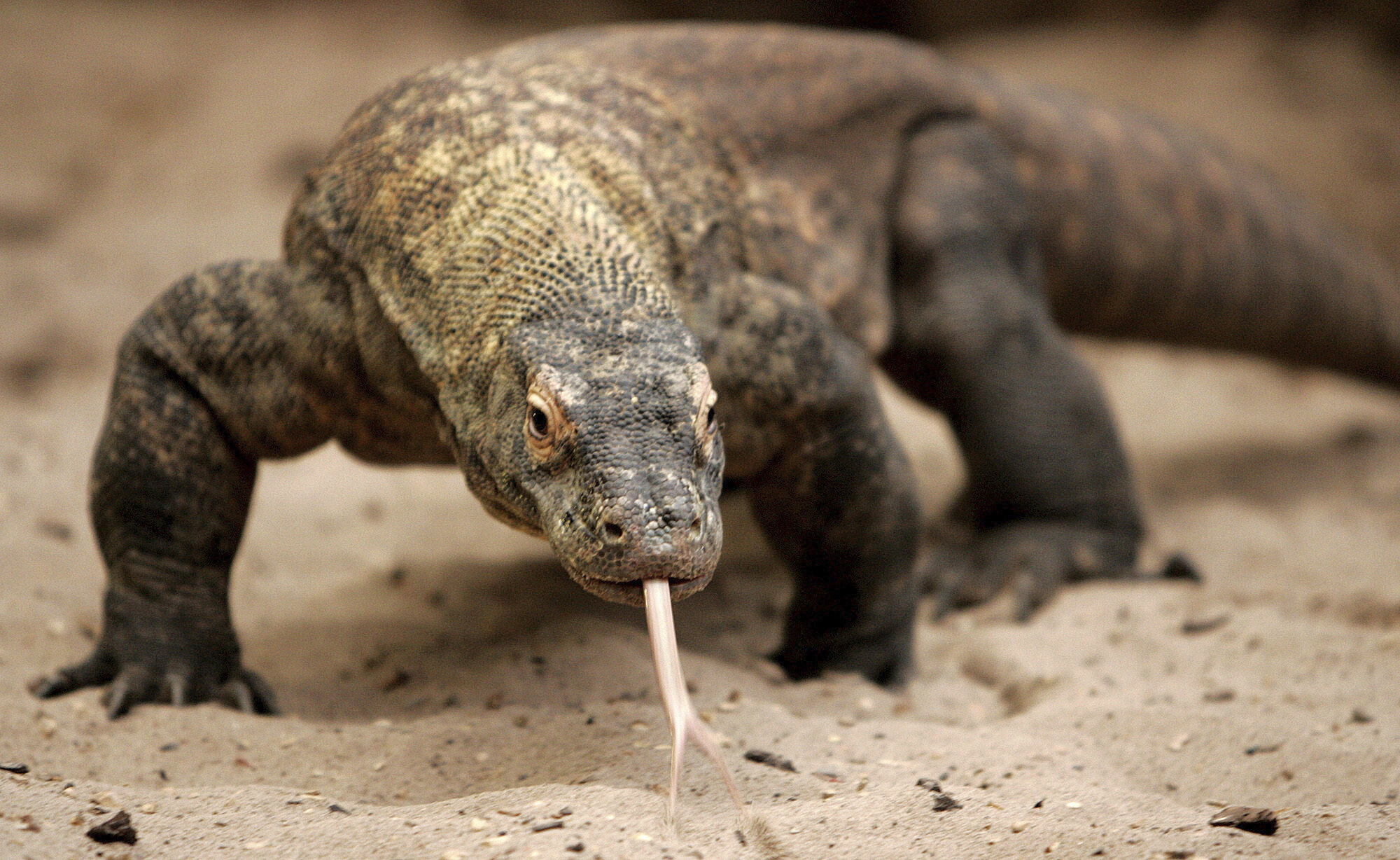When it comes to the animal kingdom, nature’s creativity knows no bounds – especially when it comes to reproduction. Across different animal species, penises take on strange and unexpected forms, each adapted for a specific ecological niche or evolutionary advantage.
From detachable appendages and corkscrew shapes to multi-functional tools, the diversity in animal penises is not just bizarre – it’s a testament to how evolution solves reproductive challenges.
Here’s a dive into some of the weirdest, most mind-boggling penises that prove biology is anything but boring!
Argonaut

Reproduction in argonauts is a deadly experience. Male argonauts have a detachable penis called a hectocotylus, which amazingly breaks off to swim off independently to a nearby female to fertilise her eggs – and this sadly spells the end of the male, who promptly dies.
Spotted hyenas

Did you know there are some female animals that have penises? Well, fake ones anyway. Female spotted hyenas have a pseudopenis or fake penis – and in fact, they are even more unique in being the only female mammals to lack an external vaginal opening.
We still aren’t sure why the females have a pseudopenis, but it clearly has its perks, including having absolute control over who they mate with – and their full cooperation is required.
Water boatman

One species has a singing penis – yes, you have heard that right. The 2mm-long water boatman (Micronecta scholtzi) male rubs a ridge on its penis against ridges on its abdomen, thereby setting the pond – and any female in it – abuzz.
M. scholtzi has been recorded generating 99.2 decibels – around the volume of a lawnmower – although it usually sings around 78.9 dB (closer to a vacuum cleaner). This acoustic accomplishment is all the more incredible given the stridulating organ is less than 50 micrometers across – about the width of a human hair.
Argentine lake duck

Not only does the male Argentine lake duck have, proportionally, the biggest penis among all vertebrates (it’s about as long as he is), it also has one of the weirdest as it is shaped like a corkscrew. When not in use, it’s tucked away inside the body, but is erected explosively under internal pressure, like an inverted finger popping out of a rubber glove.
Barnacles

As barnacles are anchored to one spot for the entirety of their adult life, finding a mate can be a tad difficult and for this they have to rely on an extraordinarily long penis to do the searching for them. Doubling the length of the penis quadruples the area – and hence the number of mates – that can be reached. And barnacles have pushed theirs to the point that it becomes a liability. At up to eight times their body length, this flexible appendage is at risk of being snapped off by the currents.
Snakes

When it comes to penises, male snakes are a tad greedy. Not content with the standard single penis, they have two, known as hemipenes, and can use either to mate. Depending on the species, the organs may be covered with recurved spines, cups, bumps or folds to ensure that the male stays attached to the female until his sperm is released.
Echidna

Incredibly, the echidna has a penis with four heads, or glans as they’re known, and while only two glans are ever used during mating, the echidna can choose which he uses. And that’s not the only weird thing about the echidna as they are also a member of the rare egg-laying mammal family called monotremes.
Damselfly

The penis of the male damselfly has a unique skill to try and ensure it’s his sperm that fertilises the female’s eggs So, they try and eradicate any rival’s sperm from inside the female, and place their sperm in pole fertilising position.
To achieve this end, the male’s penis, or aedeagus, in many species of damselfly has evolved a dual function: the ability to transfer his sperm into the female’s spermathecae (sperm storage organs) but also, and rather more cunningly, to remove any rival sperm prior to making his own seminal deposit.
This double trouble has resulted in the evolution of some extraordinary penis shapes that wouldn’t look out of place in a medieval armoury. In some damselfly species the penis has evolved two hooked-like extensions at its tip, which can scoop away the sperm of the previous male like a pair of elaborately curved spoons. In others, the penis has evolved rows of sharp bristles to achieve this important spring-cleaning job.
This article by Debbie Graham was first published by Discover Wildlife on 13 September 2024. Lead Image: iStockPhoto/Getty Images.
What you can do
Help to save wildlife by donating as little as $1 – It only takes a minute.







Leave a Reply